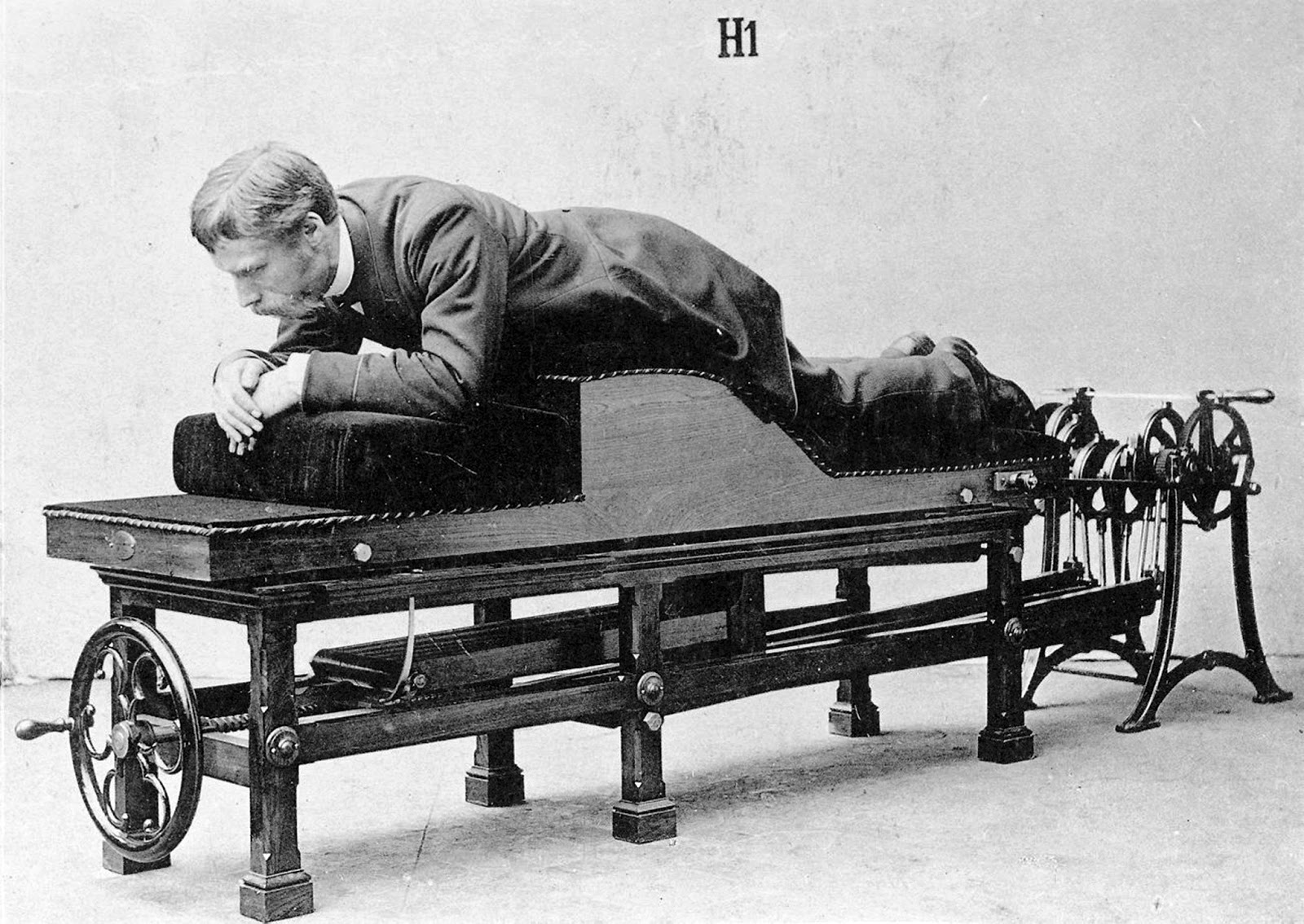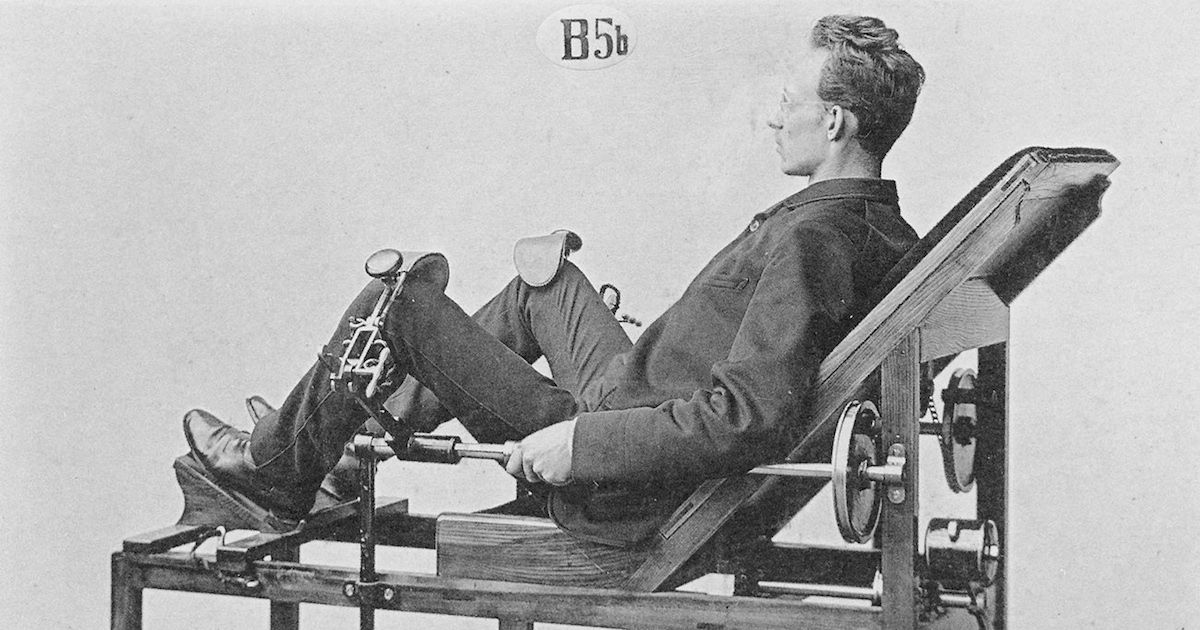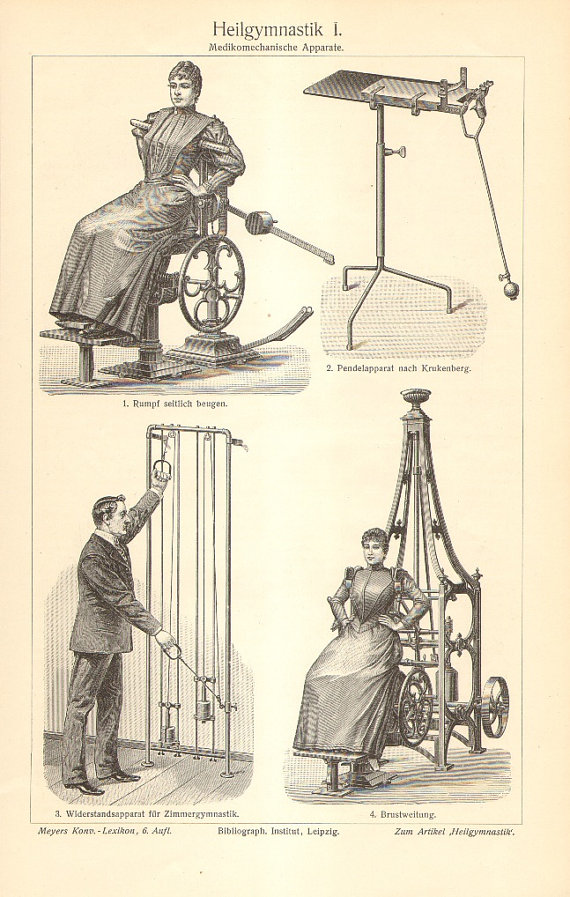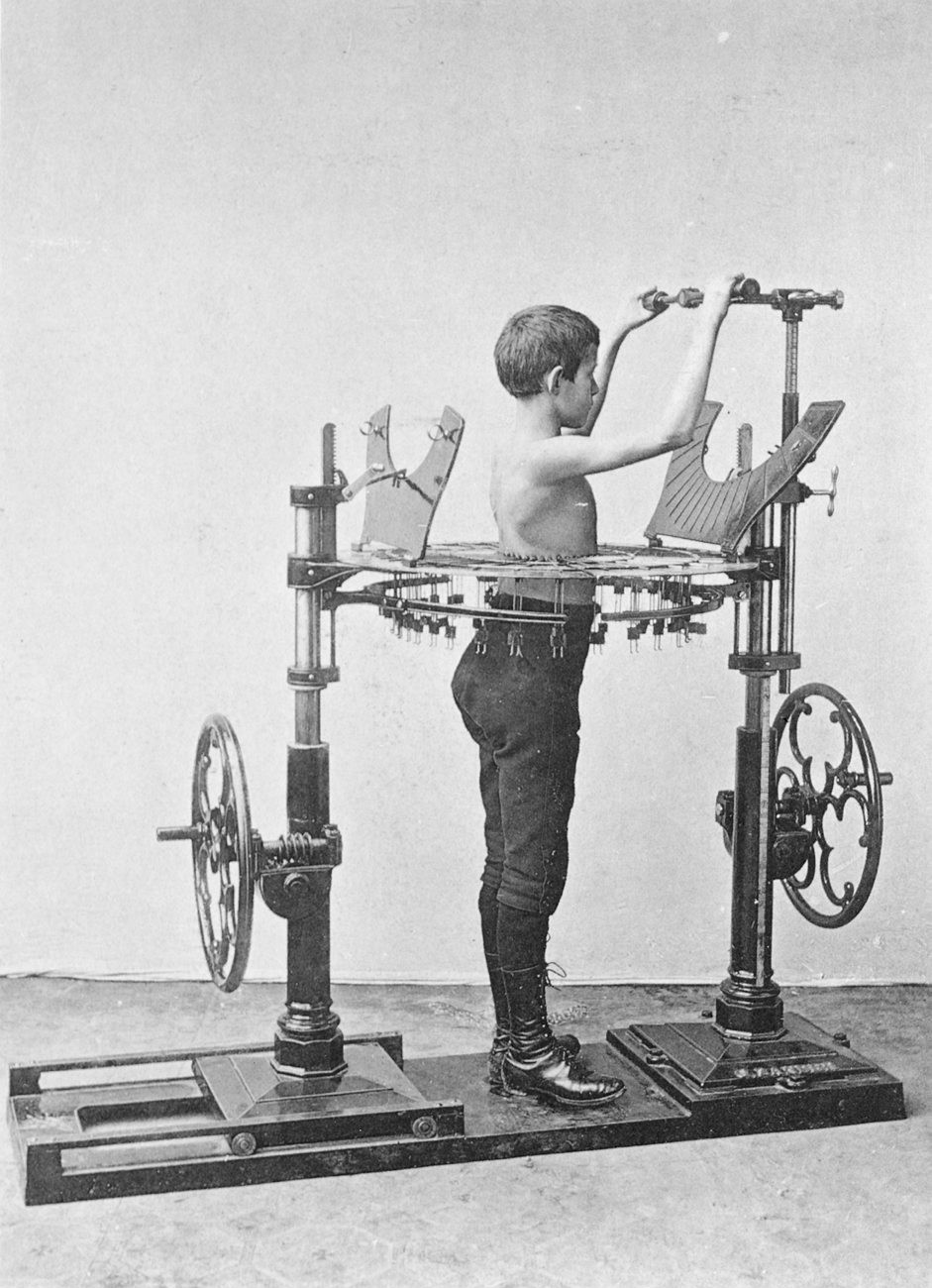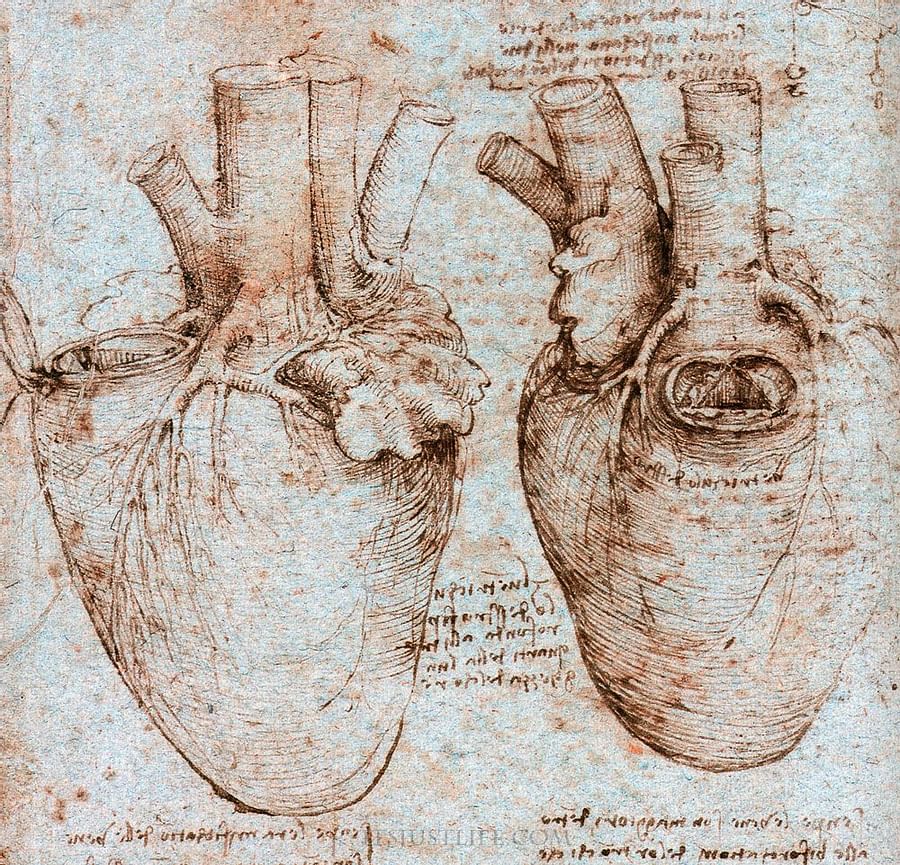Tibetan monks in remote regions of the Himalayas have long claimed near miraculous powers through yogic practices that resemble nothing you’ll find offered at your local gym, though they may derive from some similar Indian sources. One such meditative practice, a breathing exercise known as tummo, tum-mo, or g‑tummo, supposedly generates body heat and can raise one’s peripheral body temperature 16–17 degrees—a distinctly advantageous ability when sitting outside in the snow-capped mountains.
Perhaps a certain amount of skepticism is warranted, but in 1981, Harvard cardiologist Herbert Benson was determined to take these ancient practices seriously, even though his first encounters with western practitioners of tummo produced results he deemed “fraudulent.” Not ready to toss centuries of wisdom, Benson decided instead to travel to the source after meeting the Dalai Lama and receiving permission to study tummo practitioners in Northern India.
Benson’s research became a 20-year project of studying tummo and other advanced techniques while he also taught at the Harvard Medical School and served as president of the Mind/Body Medical Institute in Boston, where he believes the study of meditation can “uncover capacities that will help us to better treat stress-related illnesses.” The claims of monks who practice tummo have been substantiated in Benson’s work, showing, he says, “what advanced forms of meditation can do to help the mind control physical processes once thought to be uncontrollable.”
In his own experimental settings, “Benson found that [Tibetan] monks possessed remarkable capacities for controlling their oxygen intake, body temperatures and even brainwaves,” notes Aeon. Another study undertaken in 2013 by Maria Kozhevnikov, cognitive neuroscientist at the National University of Singapore, “corroborated much of what Benson had observed, including practitioners’ ability to raise their body temperatures to feverish levels by combining visualization and specialized breathing.”
In the short documentary film above—actually a 7‑minute trailer for Russ Pariseau’s feature-length film Advanced Tibetan Meditation: The Investigations of Herbert Benson MD—we get a brief introduction to tummo, a word that translates to “inner fire” and relates to the ferocity of a female deity. Benson explains the ideas behind the practice in concise terms that sum up a central premise of Tibetan Buddhism in general:
Buddhists feel the reality we live in is not the ultimate one. There’s another reality we can tap into that’s unaffected by our emotions, by our everyday world. Buddhists believe this state of mind can be achieved by doing good for others and by meditation. The heat they generate during the process is just a by-product of g Tum-mo meditation
Perhaps centuries-old non-European practices do not particularly need to be debunked, demystified, or validated by modern scientific medicine to keep working for their practitioners; but doctors have significantly benefited those in their care through an acceptance of the healing properties of, say, psilocybin or mindfulness, now serious subjects of study and clinical treatment in top Euro-American institutions. Just as this research is being popularized among both the medical establishment and general public, we may someday see a surge of interest in advanced tantric practices like tummo.
Related Content:
How Meditation Can Change Your Brain: The Neuroscience of Buddhist Practice
How Yoga Changes the Brain and May Guard Against Alzheimer’s and Dementia
Josh Jones is a writer and musician based in Durham, NC. Follow him at @jdmagness
